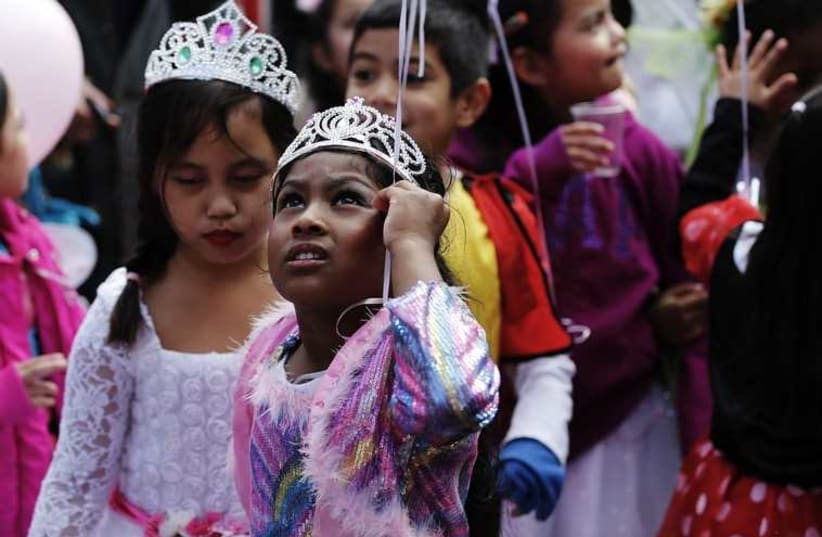As we know, in the third year of Ahaseurus' reign, he hosts a great banquet to show off his tremendous wealth. At the same time Vashti hosts a banquet for the women.
On the seventh day, when the king's heart is merry with wine, he requests that Vashti be brought in her royal crown so as to show off her beauty, "for she was a beautiful woman." Astonishingly, the Scroll of Esther (and not the Scroll of Vashti) relates that "Queen Vashti refused to come at the king's command… The king was greatly incensed, and his fury burned within him."
And what husband would not grow incensed if his beloved refused his requests?
The king's advisors viewed her behavior as the beginning of a rebellion against men, since Vashti was likely to be regarded as a role model for the rest of the women in the kingdom, who might begin "despising their husbands."
Vashti must be banished from the kingdom and her crown must be bestowed upon "another who is more worthy than she" so as to prevent the outbreak of a dangerous women's rebellion (dangerous to men, that is), and so as to demonstrate to all the women of the kingdom the danger of disobeying their husbands, and so that "all wives will treat their husbands with respect, high and low alike." And thus the patriarchy will be safeguarded.
The Scroll of Esther does not offer any reason for Vashti's refusal to be objectified before her husband's guests. But on account of her courage, her decisiveness, and the threat she poses to the male establishment, she became a loathsome figure in the eyes of the Talmudic sages, who declared that "the evil Vashi is the granddaughter of the evil Nebuchadnezzar" (tractate Megilla) and that "she did not allow Ahasuerus to grant permission to the Jews to build the Temple" (Yalkut Shimoni Esther). The Talmud also relates that "the guests of the king, who were asked if they wished to see Vashti, responded, 'Yes, so long as she is naked,'… for the evil Vashti used to bring the daughters of Israel, strip them naked, and make them work on Shabbat" (tractate Megilla). The sages were not content to leave it at that, but went on to explain that Vashti didn't come because "she was a harlot after all, but because she broke out in leprosy… and Gabriel came and fixed a tail on her" (tractate Megilla).
Vashti is therefore the figure of the Satanic woman who is dangerous to men and sexually wanton. Thus the sages glorified the modesty of Esther, who was prepared to be taken as an object—first to the king's palace, and then to the king himself—without complaining or objecting, on account of her great beauty.
And so it emerges that the threatening and loathsome woman, Vashti, was the very same woman who fought to defend her honor and her modesty. And the much-admired Esther, the model of the desirable woman, used her sexuality to obey patriarchal male codes.
Through the Purim story the patriarchal establishment reinforces its power and demonstrates how women ought to behave if they don't want to lose their worlds. Is this a picture of life in the kingdoms of Persia and Media alone, or does it characterize many of the women in our own day as well?
And who is dressing up as Vashti this year?
Professor Aliza Shenhar is the provost of the Max Stern Yezreel Valley College.
